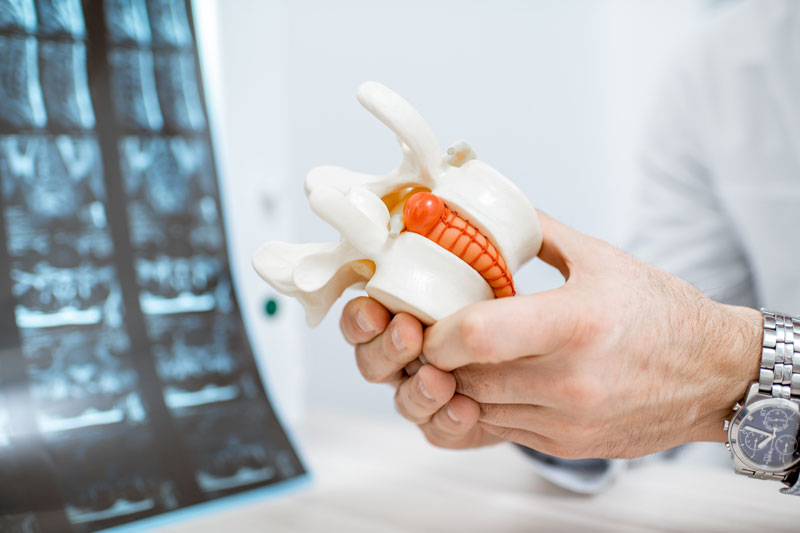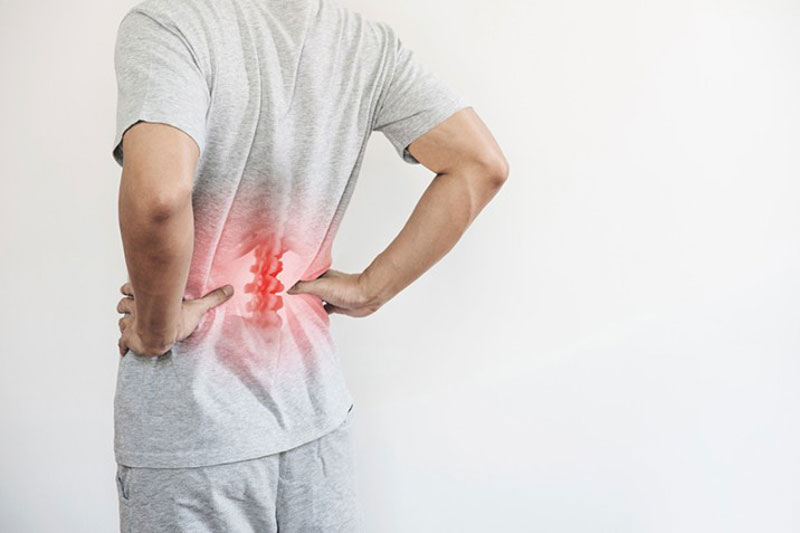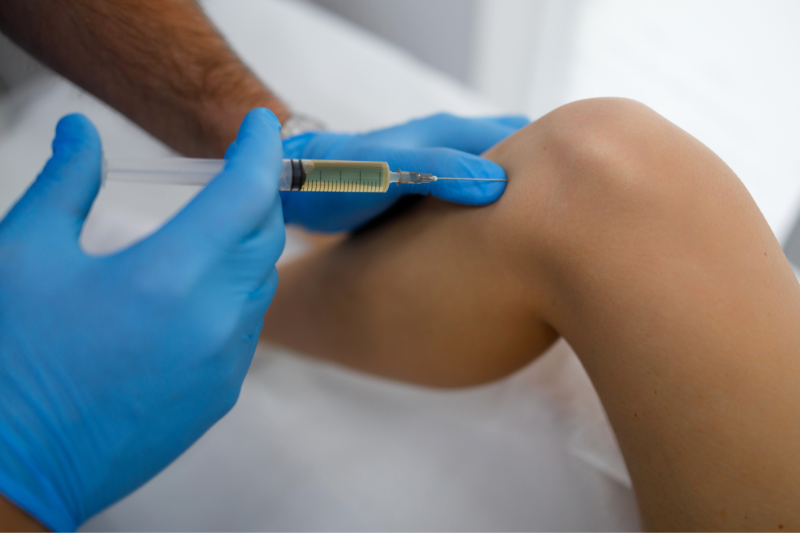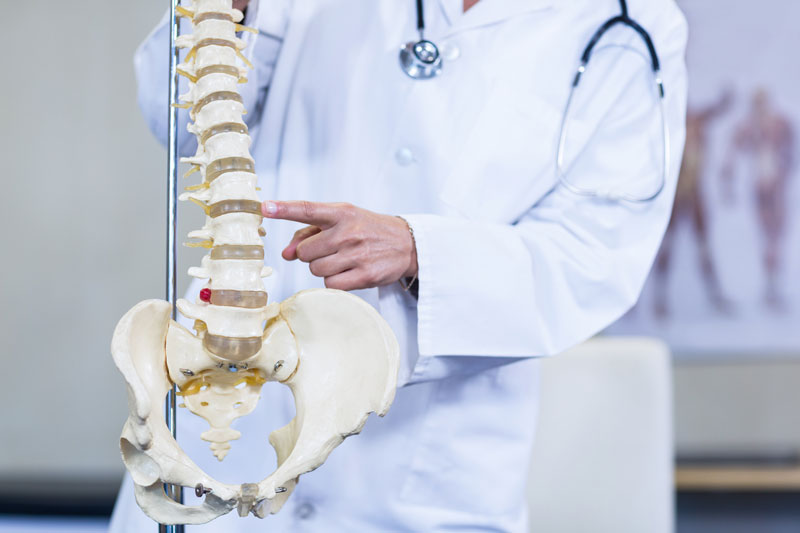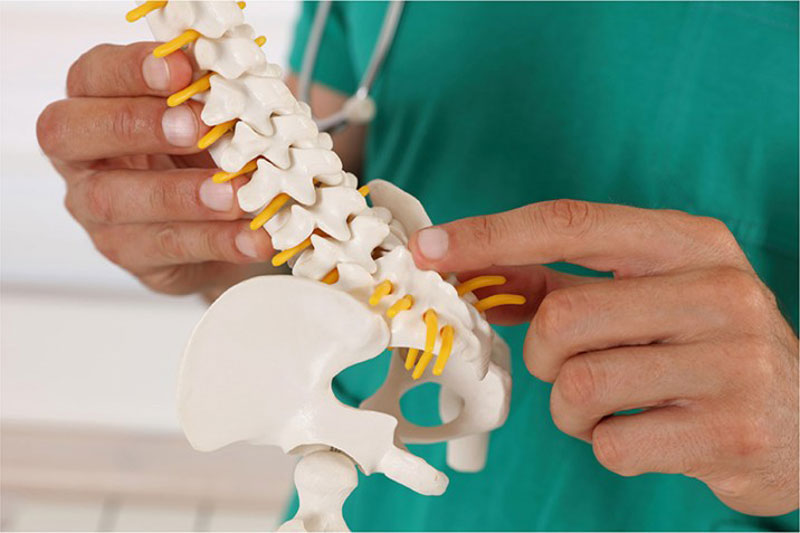What is Piriformis Syndrome?
Piriformis syndrome is a condition in which the piriformis muscle compresses the sciatic nerve. This compression causes pain to travel through your buttocks to the side and back of the leg and down to the foot, often accompanied by tingling or numbness. This type of radiating pain is called sciatica. Sciatic pain may be most often associated with a herniated disc, but it can also occur with piriformis syndrome. This type of pain is a symptom of the condition, not a condition in and of itself.
The most common cause of piriformis syndrome seems to be overuse or improper use of the piriformis muscle, leading to inflammation in the muscle, compressing the sciatic nerve. Any injury or trauma to that area of the body can also cause inflammation leading to nerve compression.
The repetitive motions that are performed during activities such as running or lunging, stress the piriformis muscle, causing contractions that apply pressure to the sciatic nerve. Certain activities can irritate the piriformis, including:
- Prolonged sitting
- Climbing stairs
- Squatting
- Running uphill
Compression of the sciatic nerve can result in inflammation that exacerbates pain, leading to a chronic condition. Piriformis syndrome is more common in women than men, although sciatic pain is equally possible in men and women.
Combined with some other factors, there are certain chemicals that may also cause inflammation leading to piriformis syndrome. These chemicals include histamine, serotonin, prostaglandin, and bradykinin.
Patients affected with Morton’s neuroma, an anatomical deformity affecting the foot, may also be at increased risk for developing piriformis syndrome.
Some other conditions that may result in piriformis syndrome include cerebral palsy and total hip arthroplasty.
What are the symptoms of Piriformis Syndrome?
The pain begins with tension in the muscle and spasms affecting the sciatic nerve. Most patients report an ache deep in the buttocks, which is exacerbated by sitting or climbing stairs.
Other than sciatic pain, piriformis syndrome symptoms also include:
- Numbness in the feet
- Pain walking up a hill
- Headache
- Weakness in the legs
- Reduced range of motion in the hips and leg
- Pain in the abdomen, pelvis, or groin
- Back pain during bowel movements
- Pain during sexual intercourse (for women)
Depending on a person’s age, activity level, and any comorbid conditions, the intensity of piriformis symptoms will vary. Some people may only have mild, annoying symptoms, while others may be completely debilitated.
Piriformis syndrome can be an acute condition that resolves with rest, or a chronic, debilitating problem resistant to treatment.
There is no definitive test for piriformis syndrome, so a diagnosis is made based on a detailed history and physical exam. Your doctor will ask questions to find out when your pain began, how long it lasts, and what makes it worse.
It can be very helpful to keep a pain journal when you first notice symptoms. Record any instances of pain and note activity level (before and after pain), duration and severity of the pain, and characteristics of the pain (e.g., numbness, sharp, dull ache, etc.). Keeping a pain journal offers more insight into potential causes of your pain as well as aids in diagnosis.
An X-ray or MRI can not diagnose piriformis syndrome but can rule out other, more common causes of sciatica.
What are my treatment options for Piriformis Syndrome?
The main treatment during the acute stages of piriformis syndrome focuses on resting the muscle, avoiding activities that aggravate pain, and pain relief measures. After the first 24 hours, a heating pad may be placed on the muscle for 20 minutes at a time to help reduce inflammation and pain.
Other treatments include:
- Physical therapy: A physical therapist can offer stretching exercises, involving movements that flex and adduct the hip, that relax the piriformis muscle and reduce pressure on the sciatic nerve.
- Massage: Massage speeds up the healing process by increasing blood flow to the inflamed area and reducing or preventing muscle spasms.
- Medication: Muscle relaxers or anti-inflammatory medications may be prescribed by your doctor for short-term relief.
- Acupuncture: Acupuncture can decrease tension in the body.
- Biofeedback: Biofeedback training helps to control the body’s physical response to pain
- Simple stretches: Yoga and other types of mild, low-impact exercise can help in healing and preventing further injury.
If the pain is persistent and does not respond to conservative treatment options, your doctor may recommend an injection of a corticosteroid and anesthetic to the area to reduce inflammation and pain.
Surgery is an extreme measure only taken as a last resort in treating chronic, debilitating pain.


